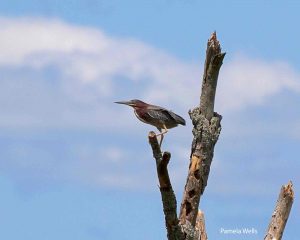This story first appeared in the 2020 spring edition of Forest View, FSM’s biannual newsletter.

The Forest Society of Maine is working with a forestland owner to conserve 21,300 acres in the Grafton region. The Grafton Forest project is supported by many partners in the region: local land trusts, ATV and snowmobile clubs, a local search and rescue group, the Appalachian Mountain Club, Appalachian Trail Conservancy, Grafton Notch State Park, Maine Bureau of Parks and Lands, and Umbagog National Wildlife Refuge (NWR). The latter partnership is especially exciting as the Grafton Forest project area contains lands of importance to the NWR—in particular the area encompassing the headwaters of the Swift Cambridge River which eventually flows north into Lake Umbagog.
Umbagog NWR was established in 1992 with the primary purpose of protecting wetlands, wetland-associated wildlife, and migratory birds. Umbagog Lake has an extensive complex of wetlands like Harper’s Meadow, a designated Floating Island National Natural Landmark, that are highly utilized by waterfowl. The refuge and the area around it support more than 166 wildlife species of elevated conservation concern in national, regional, and state plans.
The refuge is regionally important for a diversity of species, including Canada lynx. White-tailed deer rely on the deer wintering areas. The complex wetlands are home to common loons and wood turtles. Loons are listed as threatened in New Hampshire and wood turtles are a species of special concern in Maine. Additionally, a native brook trout population relies on the shallow Umbagog Lake and Magalloway River as crucial winter habitat.
Umbagog NWR is primarily known for its exceptional wetland values and the upland forests around it play a significant role in maintaining good habitat quality. Being able to conserve land near existing conservation lands, like the NWR, is another reason FSM found this conservation opportunity so worthwhile. Through the Grafton Forest project, FSM will be able to ensure that the future of the surrounding forest and headwaters of the Swift Cambridge River will be conserved in perpetuity under a working forest conservation easement.


